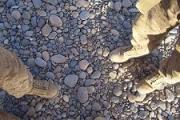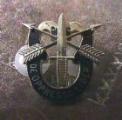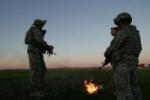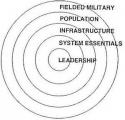Amazing no one is talking forced population controls for hostile areas including:
- Barriers/walls to village to restrict entry/exit
- Biometrics and photo ID cards for entire population
- Census and registration of all personal property (vehicles, houses, carts, animals)
- Designation/appointment of local responsible leader for each sub-area, held accountable
- "Gated communities", if necessary
- Curfews and movement restrictions
- Infiltration of villages by "turned" detainees
etc. etc. etc.
Harsh, yes, but needed in the worst areas. Population control is extensively advocated by almost all the major COIN theorists for hostile areas. Recommend reading Sir Frank Kitson for a good treatment of how to do this. Trinquier discusses in detail, see chapters 6-7,9, and 10. Galula, Chapter 7. McCuen, all of Part 2.
One of the areas of broad agreement in almost all the theorists I have read for dealing with hostile areas. Influence ops and CA projects are useless in areas under insurgent control. As one of the above said, "without security, there is nothing".








 "A Sherman can give you a very nice... edge."- Oddball,
"A Sherman can give you a very nice... edge."- Oddball, 





Bookmarks